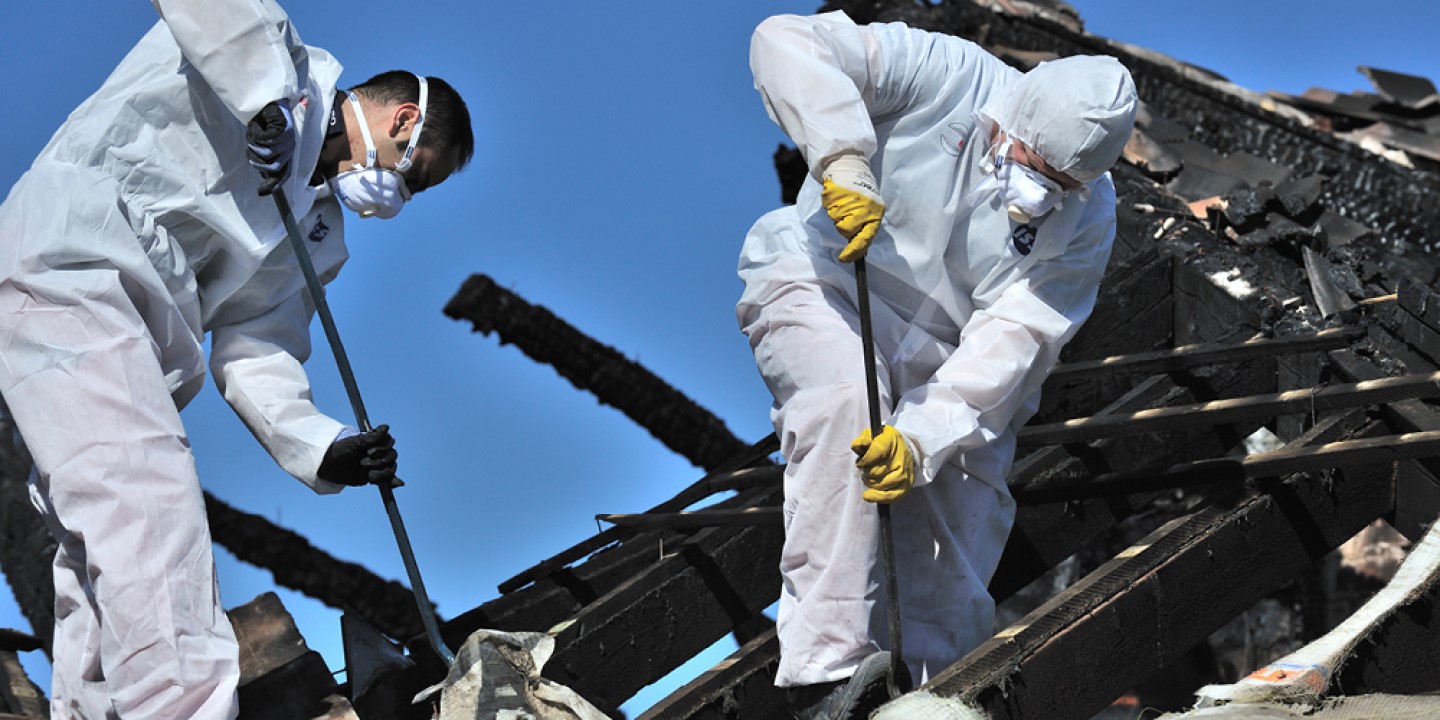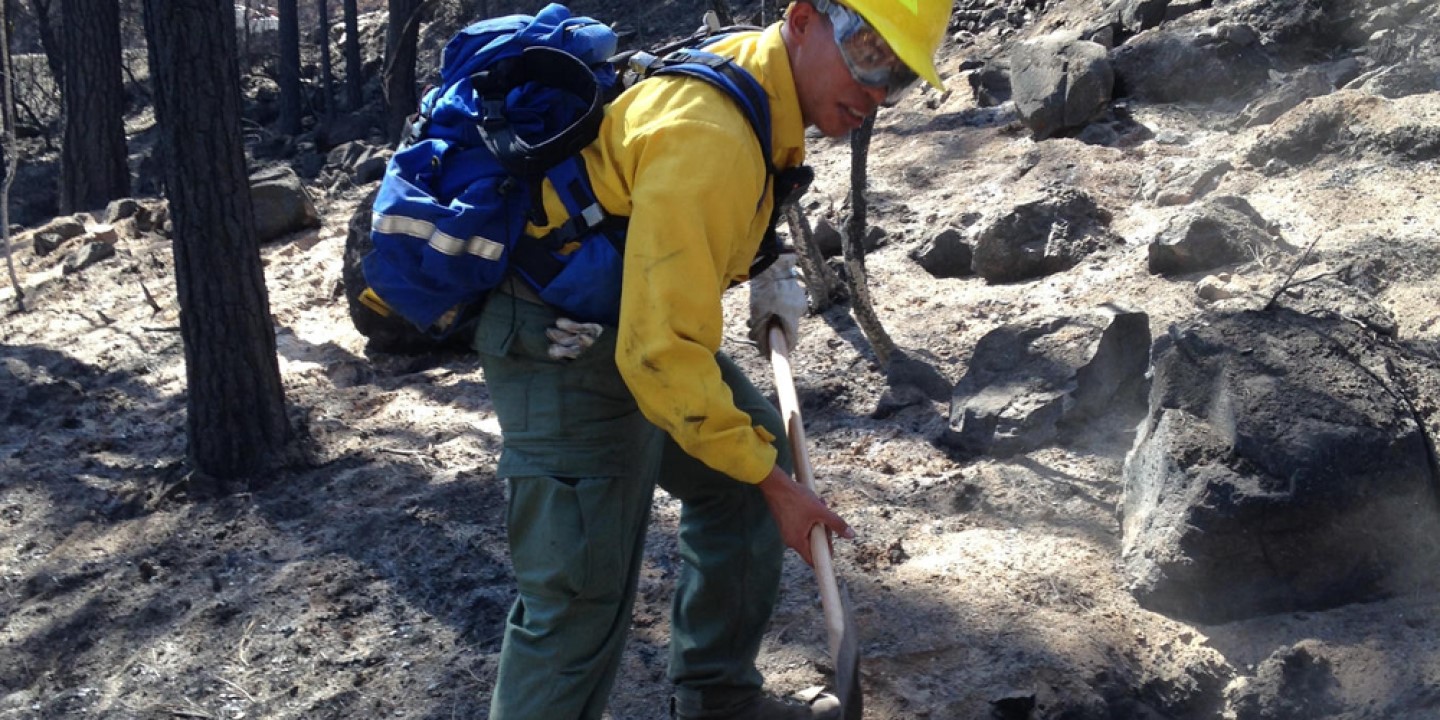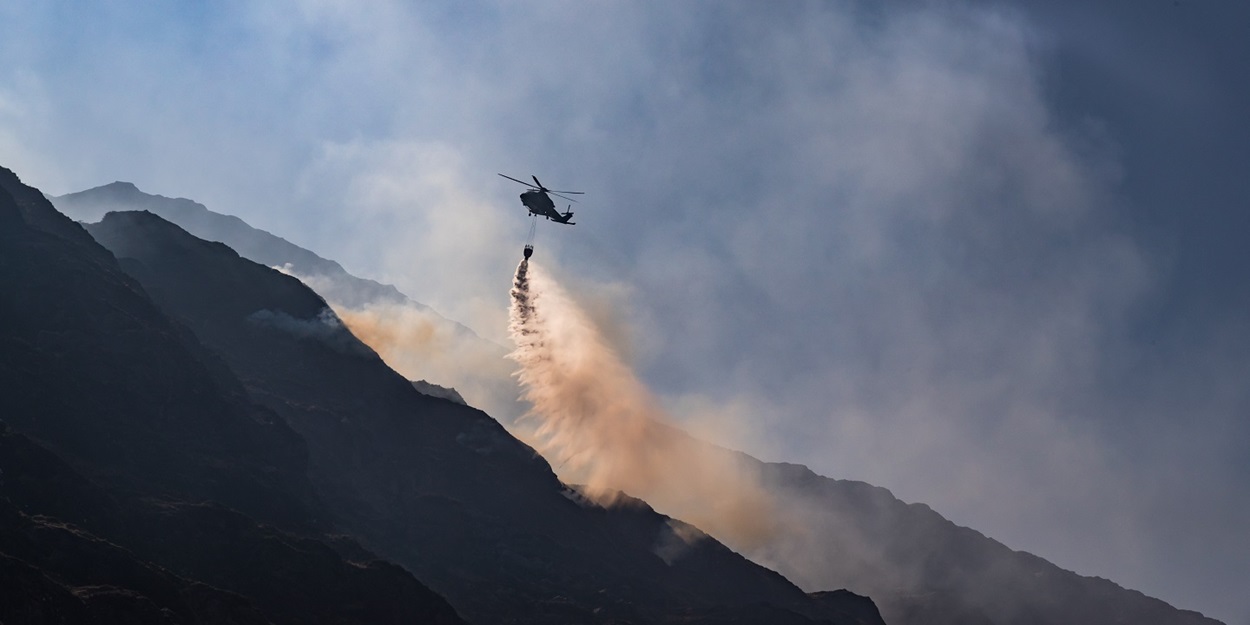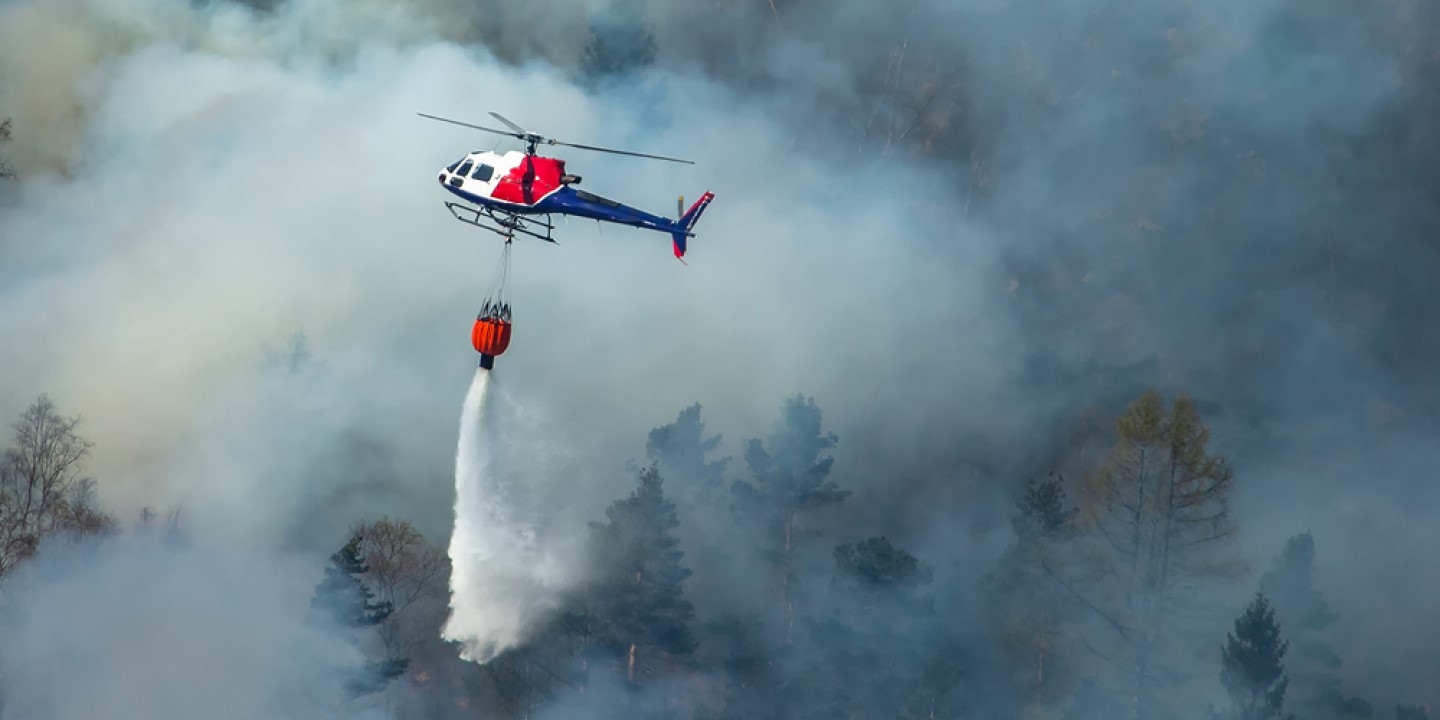After a wildfire: A 10-step recovery plan for your business
Climate and EnergyArticleNovember 1, 2024
A wildfire can damage everything in its path, destroying property and compromising the buildings that remain standing. According to the JEC Democratic Majority’s 2023 analysis,wildfires in the United States cause between $394 billion and $893 billion in damages annually.1 And that’s just one region of the country. Wildfires can and do occur everywhere in North America.
Recovering from the physical and emotional toll may take time, but it’s vital for businesses to follow the necessary precautions to help them rebuild with even greater resilience.
To get your business back in operation, consider these 10 steps in your post-fire recovery plan from the Risk Engineers of Zurich Resilience Solutions:
1. Maintain communications.
Wildfires and severe weather events can impact your business operations. It’s important to establish internal and external communications with these key groups:
- Corporate management: As the recovery process continues, provide periodic updates on conditions and progress.
- Your insurance distributor and carrier: Contact insurance representatives to begin the claims process. As you start gathering information about physical damage and business interruption, seek and follow their guidance to help ensure you’re providing the necessary documentation regarding losses and expenses to support your claim.
- Displaced personnel: Deliver updates on your company website, or with text messages, social media and/or phone messages.
- Your customers and vendors: Update your website's homepage to communicate with them. Social media and text messaging can help keep your business connected. You may also want to record daily updates on your general phone line, if that is feasible.
- Local and federal governmental agencies: Contact the relevant groups for guidance and information regarding regional protocols, updates and resources.
2. Return only when it’s safe to do so.
Don’t return to the site until the proper local authorities grant permission. While you’re waiting, develop a checklist of items you’ll need to address before you can allow employees to return. When you do visit your business, dress for recovery operations with protective gear that includes heavy, thick-soled footwear; leather gloves; hard hat; safety glasses; safety vest; and a mask to keep out dust and ash particles. Potable water and flashlights should be part of your supply kit, as well as smartphones and cameras to help document damages.
3. Check for signs of fire and other hazards.
The absence of flames does not mean an absence of risk. Smoldering debris and live embers are capable of reigniting fires. In addition, the ground may contain heat pockets or ash pits from burned tree roots that can burn you or ignite another fire. Inspect the site and building, including roofs, gutters, etc., for hot ash, charred trees, smoldering debris and live embers. But these aren’t the only risks. Check for hazards such as broken glass, sharp metal, weakened utility poles and trees/branches, live electrical wires, leaking fuel gases or flammable liquids.
4. Survey structural damage.
Fire and smoke can compromise a building’s integrity. Check for signs of fire and/or structural damage, especially to the ceiling, roof, windows and doors, as well as weakened hardscape/paved areas that could shift or collapse, including power poles or burned trees. If damage is apparent, have qualified professionals undertake a structural engineering evaluation and use an infrared scanner to check for hot spots in the walls and ceilings. Document damage for insurance claims, using photos and videos.
5. Make sure protection systems are working.
Check water supplies, fire-protection systems (e.g., sprinklers, fire pumps and alarms), damaged utilities and security systems. If either your fire or security systems are compromised, post a fire watch in areas with impaired fire protection and security personnel as needed. All of these issues must be safely addressed as soon as possible.
6. Evaluate mechanical, electrical and HVAC systems.
Have qualified personnel inspect all utility systems and hazardous processes before they’re put into service. Check electrical/mechanical rooms with vents in the walls for smoke damage, and electrical equipment by inspecting circuit breaker panels, switchgear and motors. Heating, ventilation and air conditioning (HVAC) units must also be inspected for ashes, soot and/or airborne particles that may have settled inside. In addition, it’s important to make sure areas around HVAC intake vents (typically on buildings’ lower roof areas) are also free of ashes and soot. Turning on compromised HVAC equipment could allow the debris to be ingested into a building or generator engine, not only damaging the systems but also contaminating the air with pollutants.
7. Assess the risk of flash floods and mudslides.
When a wildfire destroys trees and vegetation, even modest rainfall on slopes can precipitate flash floods and mudslides, including areas that weren’t damaged by the fire itself. Assess the risk in the terrain around and uphill from your site. These flash floods can carry surface debris such as downed trees, boulders and gravel.2 This is not a short-term risk: After a wildfire, it may take two to five years for vegetation to regain the ability to intercept and retain water.3 Businesses should address and/or implement pre-flood planning, even if they are located in areas typically considered safe from flooding, to help protect life, property and exterior storage.
8. Maintain health and sanitation.
As employees return, be sure to provide appropriate health and sanitation advice from public health departments. Don’t use water until authorities deem it safe, and discard any food that has been exposed to heat, smoke or soot. Local health guidelines may include administering tetanus shots to protect people from the bacteria in contaminated soil. Also be aware that air quality may be compromised after a wildfire. You may need to keep workers inside, provide respiratory protection and move some staff members to alternate locations or implement remote work.
9. Initiate repairs and start the salvage process.
Establish repair priorities and notify contractors. Consult local experts to restore and re-plant your property with fire-safe landscaping. Begin salvage to prevent further damage to the buildings and their contents, and remember to document everything you’re salvaging or discarding. Consult your insurance representative for guidance on disposing damaged goods. Also, remember to dispose contaminated waste in an environmentally responsible manner.
10. Review your wildfire emergency plan to evaluate its effectiveness.
When business has resumed, be sure to review your wildfire response and recovery processes to determine if your contractors and vendors came through, if there were critical tasks you overlooked and identify any steps that could have been handled more smoothly.
These recovery actions should be part of a fully developed wildfire Emergency Response Plan (ERP). When undertaken responsibly and thoughtfully, the recovery process can help property owners rebuild with even greater resilience after a wildfire and move forward with confidence.
The articles in the Wildfire Resource Hub provide timely information on the risk of wildfires, as well as tips on preparedness and immediate response. Taken together, they can provide your business with a path to reduced risks and faster recovery:
References
1. U.S. Congress Joint Economic Committee. (2023, October). “Climate-exacerbated wildfires cost the U.S. between $394 to $893 billion each year in economiccosts and damages"
2. New Mexico State Forestry. “Floods Following Wildfire.” After Wildfire: A Guide for New Mexico Communities website.
3. “Post-Fire Debris Flow Facts.” California Department of Conservation. 2019.



